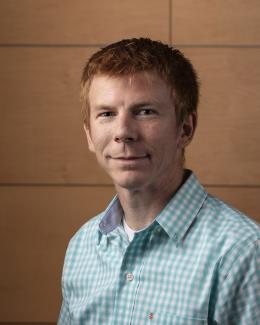Abstract
In the past three decades, an abrupt, pan‐Arctic acceleration of ice wedge melting has transformed tundra landscapes, spurring the formation of hummock‐like features known as high‐centered polygons (HCPs). This rapid geomorphic transition profoundly alters regional hydrology and influences surface emissions of CO2 and CH4. In Arctic Alaska, most recent instances of ice wedge degradation have arrested within 15–20 years of inception, stabilizing HCP microtopography. However, feedbacks between ground surface deformation and permafrost stability are incompletely understood, limiting our capacity to predict trajectories of landscape evolution in a still warmer future. Here, we use field data from a site near Prudhoe Bay, Alaska, to develop a modeling‐based framework for assessing the strength of positive (i.e., exacerbating) feedbacks on ice wedge degradation, focusing on the importance of heterogeneity in surface drainage and microtopographic conditions. Our simulations suggest that, when troughs are narrow, positive feedbacks on ice wedge melting (associated with thermokarst pool formation) are relatively weak. Positive feedbacks are markedly stronger beneath wide troughs, such as those that form above older, larger ice wedges. Seasonal thaw abruptly accelerates once a talik begins to form beneath wide and deep thermokarst pools. Once a talik initiates, winter severity and snowpack thickness increase in importance as predictors of thaw intensity in summer. Our results indicate that meter‐scale heterogeneity in polygonal microtopography potentially exerts strong, nonlinear controls on thermokarst trajectories. These findings are useful for predicting future thermokarst dynamics and for interpreting the results from coarser‐resolution land surface models operating at greater spatial and temporal scales.


